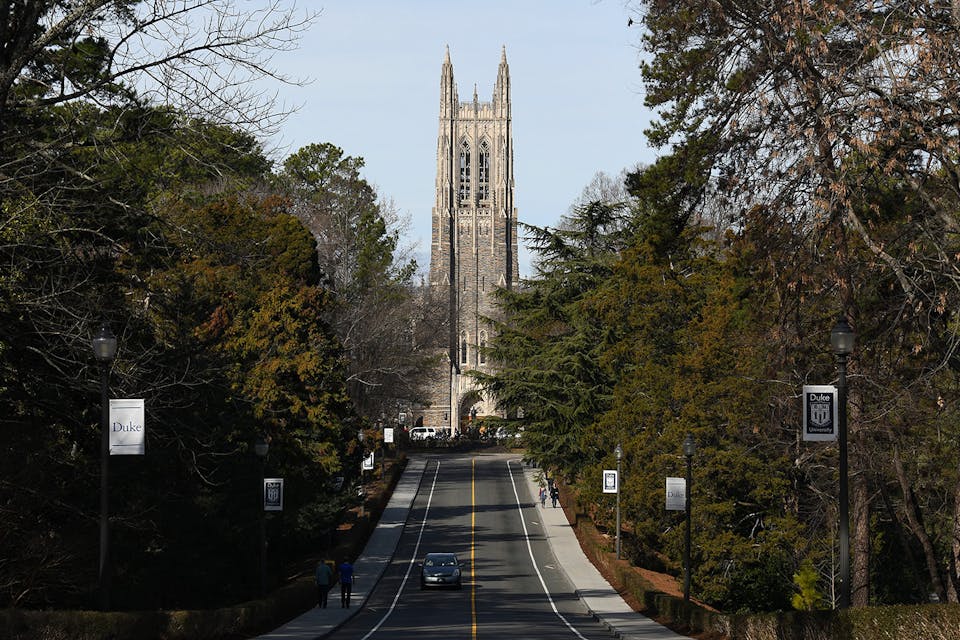
August 18, 2021
All Diversities But One: Why American Universities Put Religion Aside
Diversity has become a prime goal in the world of higher education. How did religious diversity get left out of the mix?
Throughout American society, but especially in the world of higher education, diversity has become a prime goal. Almost always, the diversity so eagerly sought is one of race, gender, and sexual orientation. Diversity of religious affiliation is, by contrast, almost never even considered. Some may wish to remedy the omission simply by adding religion to the standing list of key variables. The truth, however, is more complicated. For the way in which an educational institution thinks about religious groups and their distinctive worldviews touches upon the deeper issue of the nature and goals of education in general and upon the mission of individual educational institutions in particular.
Until recently, raising the question of how educational institutions should relate to religious tradition would have seemed baffling. For, in what we may term the “classical model,” education aimed to transmit an entire worldview and the practices that enable and sustain it. The goal was to educate the whole person—mind, character, soul, and heart—transmitting knowledge, forming the students’ consciences, habituating them to correct behavior, and implanting and developing in them their highest allegiances in the hope that they would never depart from them, no matter what life may throw at them.
In the classical model, teachers were to serve as exemplars. The expectation was that they subscribed to the same ethos as the students and manifested it not only in their teaching but also in their lives. They were, in other words, no mere transmitters of information or developers of skills: they were masters forming disciples. Hence, the oft-quoted story of the 18th-century East European Jew who said he went to a famous ḥasidic master not to learn Torah from him, as one might expect, but rather to watch him as he unlaces and laces his shoes. One senses that a YouTube video, had it existed in those days, would just not have sufficed.